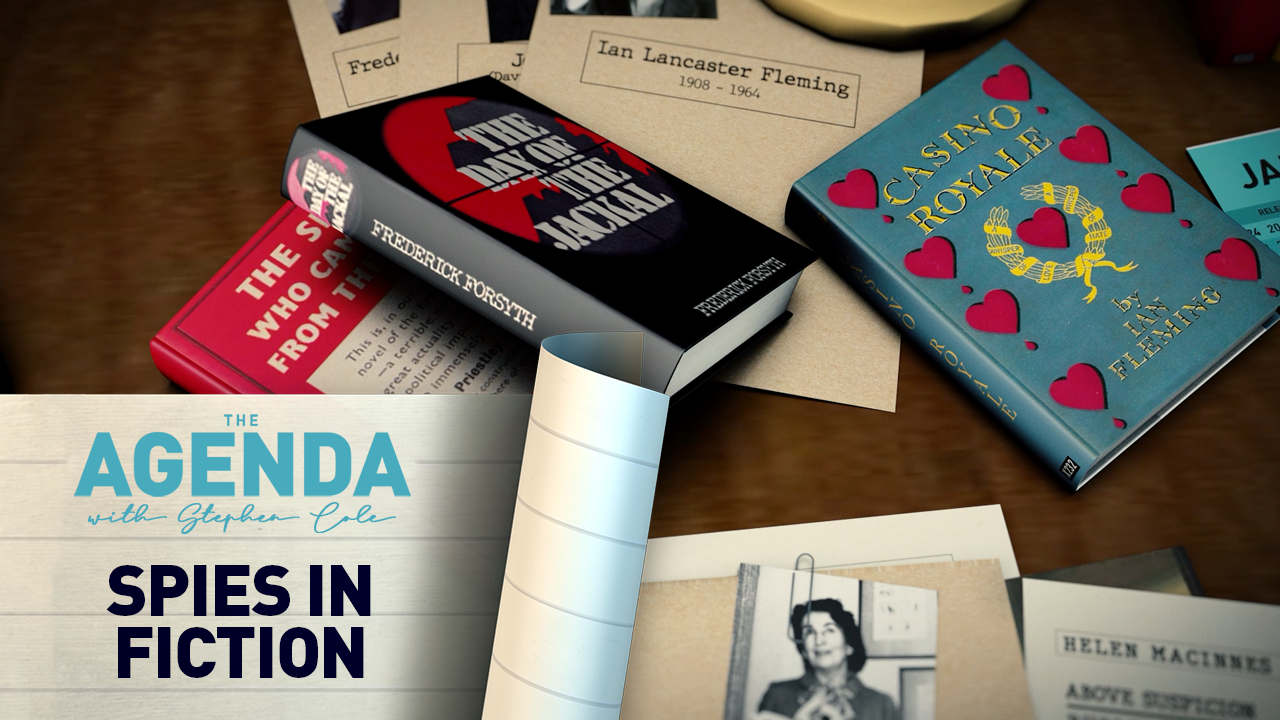James Bond always inhabited a confusing, ever-changing world. Spies often do, it's the nature of the job.
But Bond is more than an operative on a short-term mission, not least as it is almost 70 years since he first appeared in print and 60 since his film debut. Initially symbolic of the Cold War, he has had to adapt to a world of transnational terrorism and internal divisions, and one in which gender politics have changed enormously.
So is it fair to say, as many do, that the character is out of date? Indeed, is the whole spy genre now old hat? And if not, how is it adapting to a future of increasing gender equality and geopolitical uncertainty?
02:39
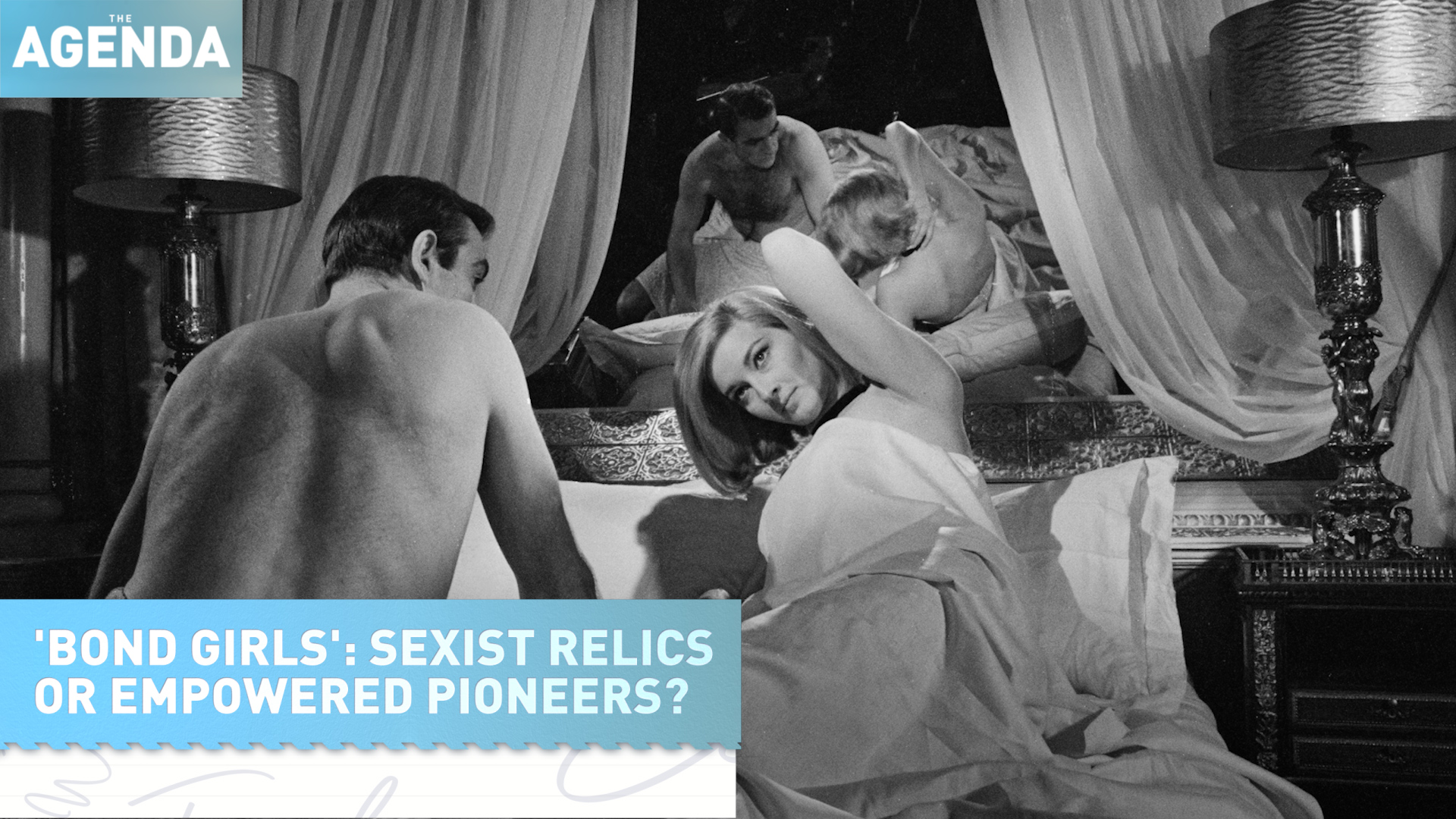
The world's most famous fictional spy was created by Ian Fleming, a former British naval intelligence officer who also wrote the children's favorite Chitty Chitty Bang Bang. But unlike that fanciful flying car, Bond was not supposed to dwell in the realms of fantasy – certainly not for his creator.
"Fleming thought that Bond was quite realistic," says Penny Fielding, an Edinburgh University professor of English who also organizes that city's annual Spy Week. "He uses the term verisimilitude, the idea of realism in fiction, and I think that's partly shown in the extraordinary detail that Fleming gives us in the novels about the cars and the cocktails."
The more forceful, less flowery style was typical of the decade in which the first seven Bond novels appeared.
"The 1950s were a decade of literary realism, with the so-called Angry Young Men," Fielding tells CGTN Europe, referring to writers like Stan Barstow, Alan Sillitoe, John Braine and Kenneth Tynan, whose works often grittily reflected working-class struggles.
"So although the legend of Bond has become extremely exaggerated, kind of hypermasculine and comedic – particularly with the Roger Moore films, perhaps less so with more recent Daniel Craig films – that's not what Fleming wanted."

That exaggerated masculinity, turbocharged by some of the 1970s Bond films starring Moore and a parade of female characters that often seemed suspiciously like fantasy figures of male heterosexuality, is a large part of what many Bond-haters repudiate as old-fashioned sexism.
However, Monica Germana has a more nuanced take on it. A literature lecturer at the University of Westminster in London, she is also the author of Bond Girls: Body, Fashion and Gender – and as such has traced the spy's development through the decades, and how it has reflected changing societal attitudes.
Bond represents a kind of outward hypermasculinity, but under his clothes is a very scarred body
- Monica Germana, literature lecturer
Germana notes that the 1950s are often regarded as "a decade of gender conservatism" because women who had been emancipated during wartime "had to go back to their homes and become wives and homemakers again."
But Germana thinks male attitudes were also shifting. "Masculinity is in a state of crisis," she says of the 1950s. "Veterans come back home from the front, often wounded both psychologically and physically. And Bond is precisely that man – he is wounded from the start.
"So he represents a kind of masculinity which on the outside represents outward confidence – hypermasculinity, you could say strength, virility – but under his clothes, so to speak, is a very scarred body."
10:58
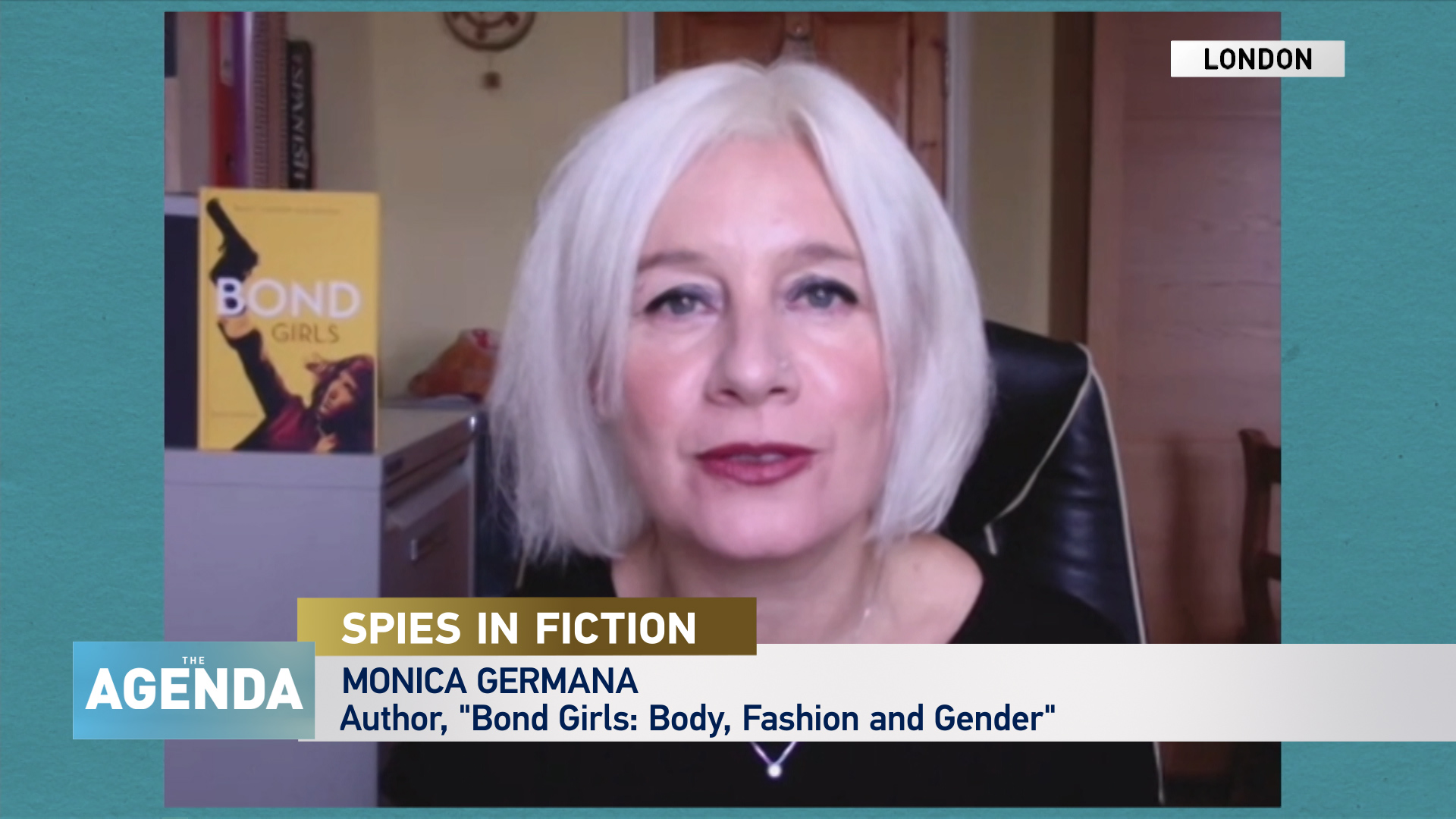
Espionage is nothing new. Frederick Forsyth, the multimillion-selling author of dozens of novels including The Day of the Jackal and The Odessa File, notes that it is recorded in some of humankind's oldest scriptures.
"It goes back to the Bible: Gideon and his war against the Midianites," Forsyth told CGTN Europe's The Agenda with Stephen Cole. "He started with the expedition to spy on them."
Spy fiction dates back to at least 1821, when The Last of the Mohicans author James Fenimore Cooper published his American Revolution-set novel The Spy. But for Penny Fielding, "It really starts in the 1890s with a kind of invasion narrative – [British] people were terrified the Germans were going to invade."
As an example, Fielding cites John Buchan's spy series. Starting with The Thirty-Nine Steps in 1915 – early in what was to become known as World War I –Buchan wrote a series of novels in which his stiff-lipped hero Richard Hannay just about managed to extricate himself from troubling situations. Buchan, who acknowledged that the series often trembled on the edge of believability, partially based his hero on Edmund Ironside, a spy during the Second Boer War (1899-1902) in what was to become South Africa.
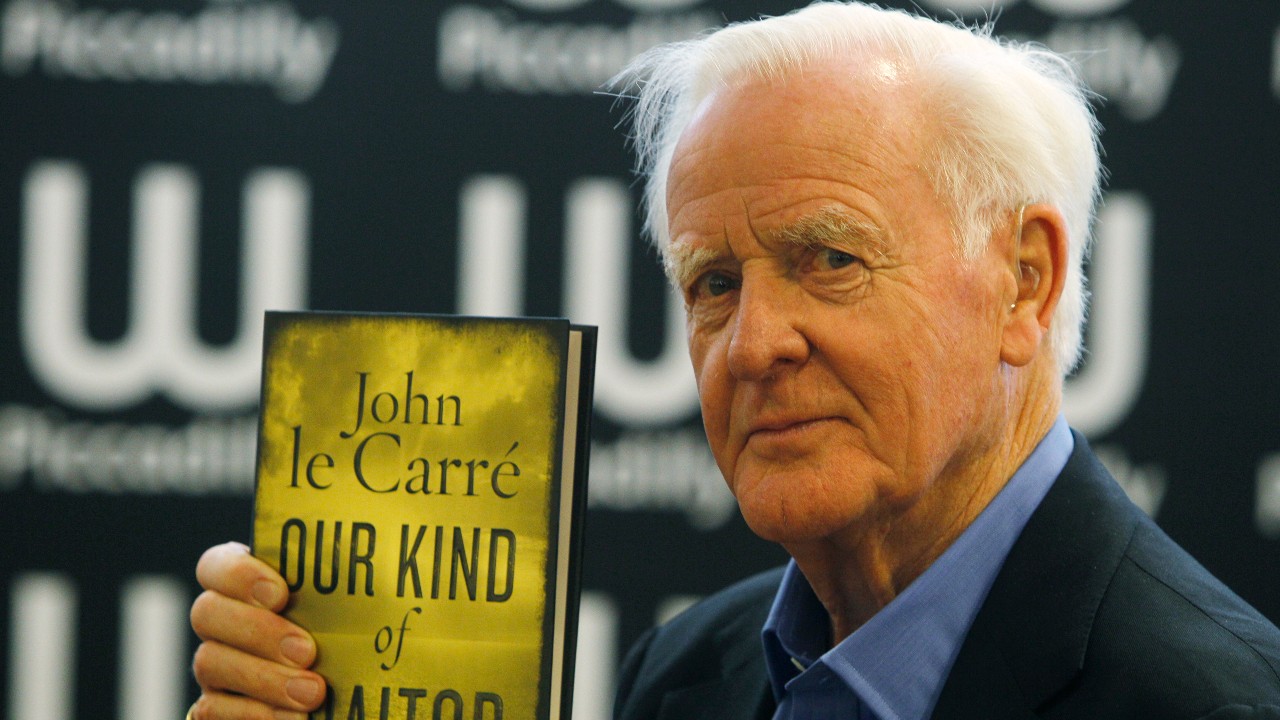
The works of John le Carré introduced a new gritty realism to the world of spy books. /Alastair Grant/AP
The works of John le Carré introduced a new gritty realism to the world of spy books. /Alastair Grant/AP
In the Cold War, [espionage] was a subject of daily interest, so people were interested. They're less interested now because they don't perceive the threat
- Frederick Forsyth, multimillion-selling spy thriller writer
The genre hugely increased in popularity during the 1950s and 1960s, and Forsyth attributes that spy-fiction boom to a very different and very real contemporary fear – of nuclear armageddon.
"In the Cold War, it was a subject of daily interest," he says. "Your papers were full of Russia doing this, Russia doing that – we had clear enemies in the former Soviet Union and the KGB, so people were interested. They're less interested now because they don't perceive the threat."
Now 82 years old, Forsyth has seen the tone of spy fiction change several times, dipping in and out of realism. He credits John le Carré, a former secret service worker (real name David Cornwall) whose novels include The Spy Who Came In From the Cold (1963) and Tinker Tailor Soldier Spy (1974), as introducing a groundbreaking new authenticity.
"Before Le Carré, spies weren't presented very accurately – they were all gentlemen," he says. "He dropped it to the street. He didn't portray it in any way as glamorous or Bondish, with men going around pulling out Walther PPK pistols and shooting agents. He portrayed it rather as it was, which was very secret, very hidden, somewhat grubby about deception and betrayal. It was very contemporary."
10:21
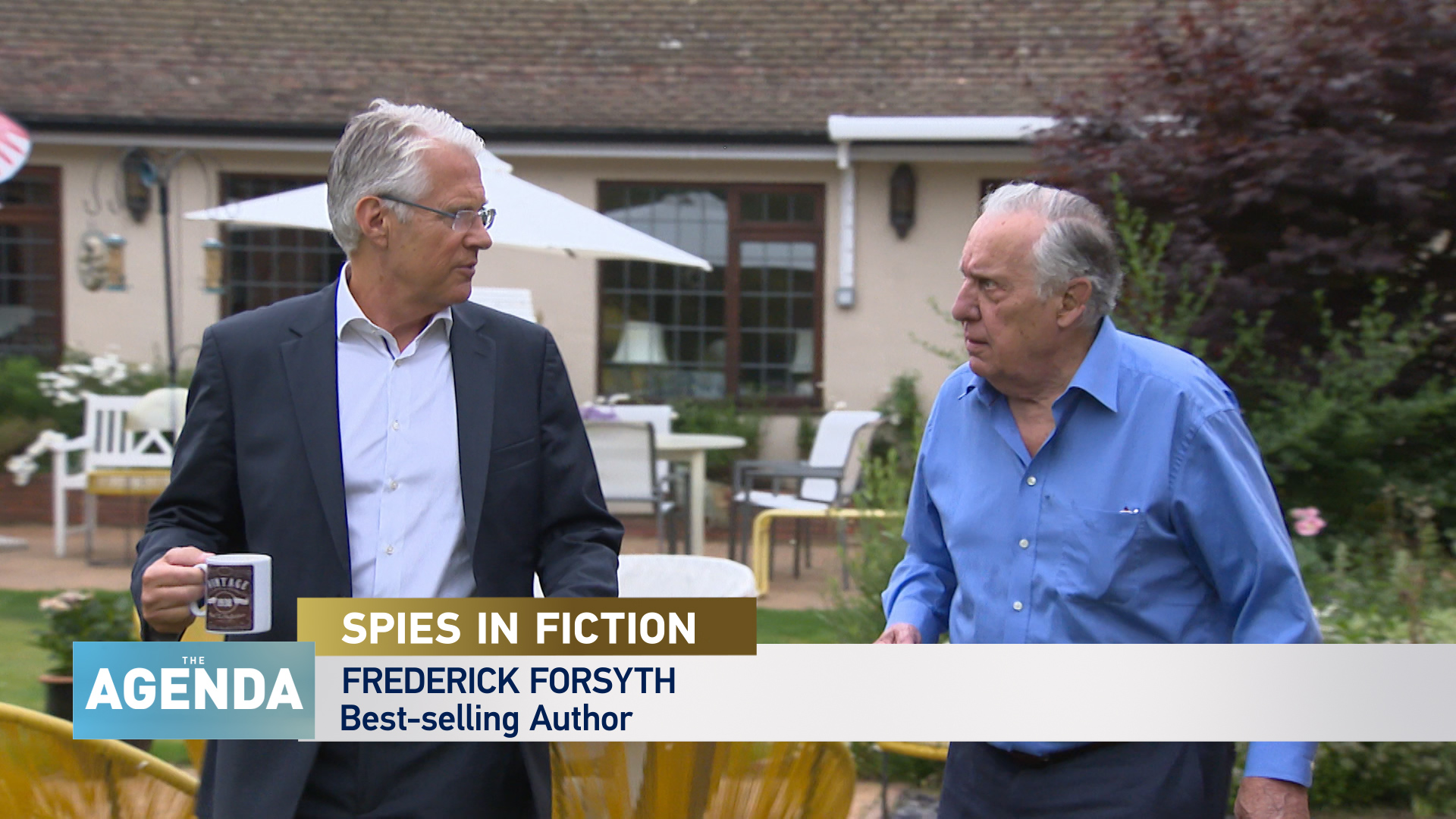
'Girl' power?
Contemporary tastes change, and the Bond film franchise – which started in 1962 with Dr No and has since grossed more than $7 billion – has been part of that. As the 1960s gave way to the somewhat more kitschy 1970s, and original Bond star Sean Connery was replaced by Moore from 1973, the series seemed to sacrifice any remaining realism for escapism.
"Bond was ludicrous, in the sense of going and finding the chief bad guy," chuckles Forsyth, "SPECTRE who was going to destroy the world or something, to be greeted by a 'Good evening, Mr Bond, we've been expecting you.' So that's a secret mission? It lasted seven seconds! Great fun, but nothing to do with espionage."
To modern eyes, some of that era's "fun" looks suspiciously like sexism. Female characters like Pussy Galore, Plenty O'Toole and Holly Goodhead weren't always the most rounded, or indeed the most clothed. Looking back from an age of cancel culture, even the catch-all term for those roles – the "Bond Girls" – feels questionable to some, but not to Monica Germana.
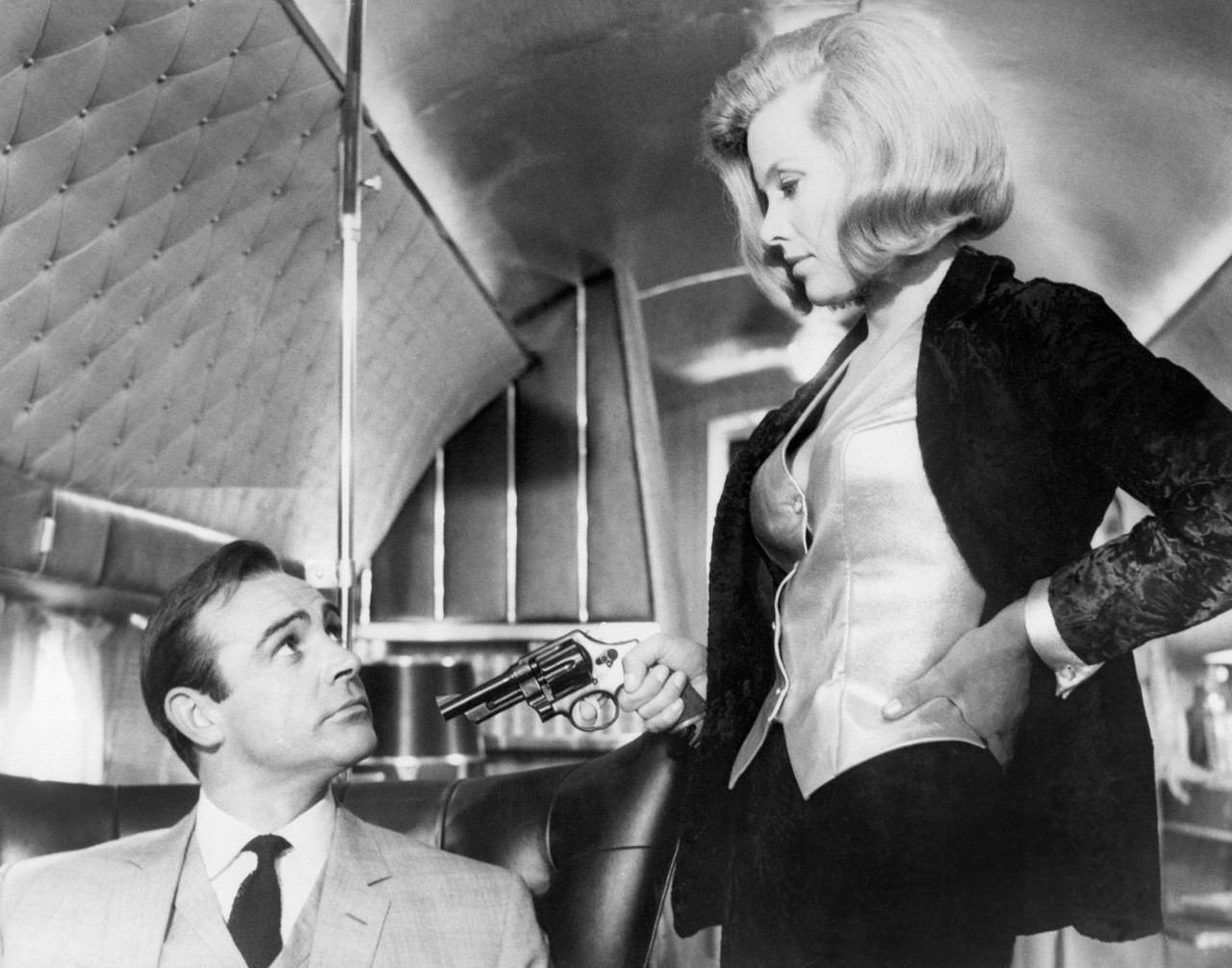
Honor Blackman's character Pussy Galore gets the attention of Connery's Bond in the 1964 film Goldfinger. /John Springer Collection/CORBIS/Corbis via Getty Images
Honor Blackman's character Pussy Galore gets the attention of Connery's Bond in the 1964 film Goldfinger. /John Springer Collection/CORBIS/Corbis via Getty Images
"The term Bond Girl has been the object of some kind of controversy," she says. "I think the word 'girl' in itself is only problematic if you interpret it in a sexist way. You can talk about 'a girls' night out' or 'girl power' and the term girl signifies playfulness and a way of inhabiting and performing gender that is not strictly abiding to the rules of patriarchy. And I see the Bond girls do exactly that.
"Fleming brings about a range of female characters who are not just eye candy, although beautiful they certainly are, but they have their own missions. They're either helpful to Bond as sidekicks or they can be villains. Those characters give Bond a very hard time while enjoying the pleasures that he may have for them.
"I would say it's in tune with the notion of youthquake ushered in in the 1960s, when the cinematic Bond started. It reflects an idea of independence, resilience and a more gender-fluid way of thinking about womanhood."
The name's Bond… Jane Bond?
Sean Connery was only the first of six actors so far to portray Bond in the film franchise, and each change has brought a louder call for a more inclusive choice. Why couldn't the next Bond be black, or – heresy alert – female?
Well, in the next Bond film – No Time To Die, the release of which has now been postponed twice by the pandemic and is now scheduled for April 2021 – the franchise manages to have its cake and eat it. With Bond officially retired, if not quite ready for the pipe and slippers, his 007 number passes to a fresh young agent who happens to be both black and female.
"We're not going to have a female Bond as such, but a female 007, to be played by Lashana Lynch," enthuses Germana, who applauds the effort "to have more interesting female roles who have an important part in the mission alongside James Bond."
"Nevertheless, I think James Bond as a character should remain James Bond. He is a character in his own right. And even if he has flaws – he may be sexist, he's patronizing, in the past he was certainly racist – we can still deal with that if we have characters on screen who play strong roles, who question and challenge those aspects of his character."
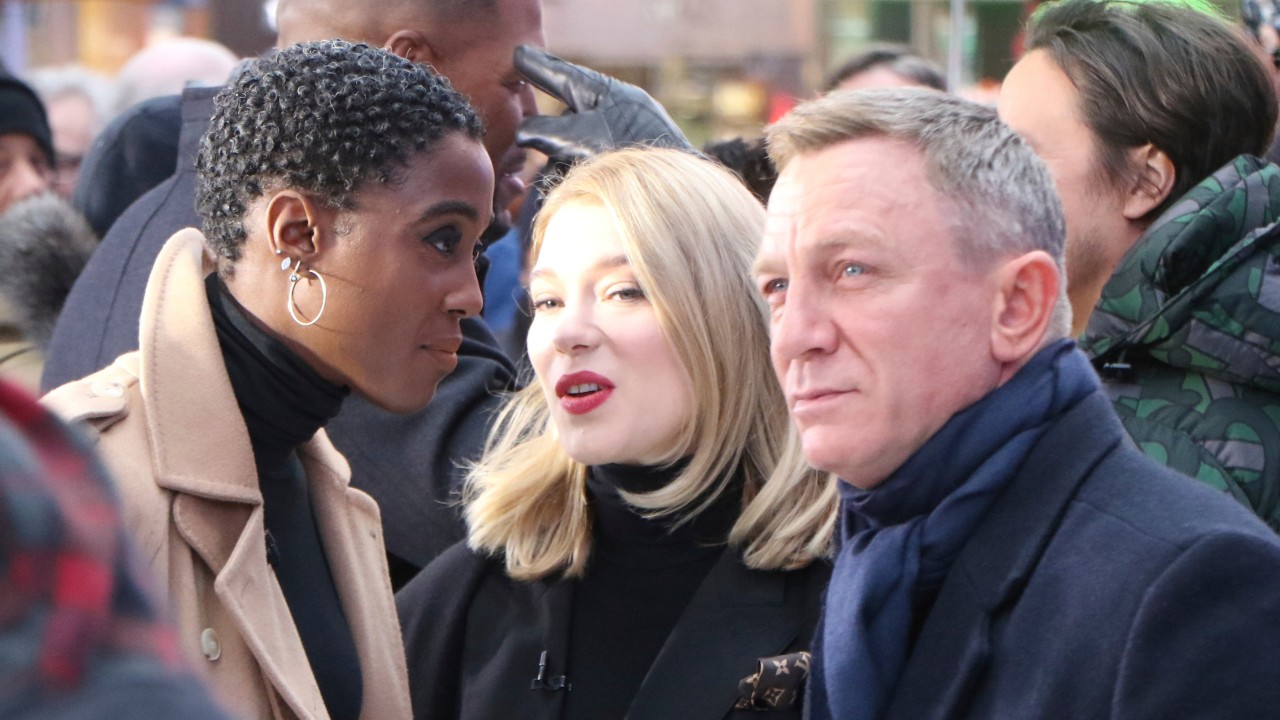
Lashana Lynch, left, stars alongside Daniel Craig, right, in the forthcoming new James Bond film 'No Time To Die'. /RW/MediaPunch/IPX via AP
Lashana Lynch, left, stars alongside Daniel Craig, right, in the forthcoming new James Bond film 'No Time To Die'. /RW/MediaPunch/IPX via AP
Cleaning up
Wittingly or otherwise, Bond may continue to change subtly in line with social attitudes. Quite aside from the spy's interaction with women, the hard-drinking, chain-smoking lifestyle portrayed in the Fleming novels has gradually been written out of his character.
Fleming smoked 80 cigarettes a day, and in the books Bond initially got through 60 a day, cutting down to 25 by the 13th book The Man with the Golden Gun. Although Connery's on-screen Bond was introduced in Dr No with a cigarette between his lips, Moore's Bond switched to the occasional cigar (the actor’s preferred smoking method).
Pierce Brosnan, who played Bond from 1995 to 2002, hardly smoked at all on camera, while his successor Daniel Craig – himself a heavy smoker off-screen – has flatly refused to light up as Bond.
"I don't wish for [Bond] to smoke," Craig explained. "Fleming wrote a Bond who smoked 60 cigarettes a day. I can't do that and then run two-and-a-half miles down a road, it just doesn't tie in."
If Bond's smoking would reduce his lung capacity, his drinking would leave him in mortal danger. For the Christmas 2013 issue of the British Medical Journal, two doctors conducted a light-hearted but thorough study of Bond's alcohol intake as detailed in the 14 Fleming novels.
They discovered a weekly alcohol consumption of 92 units, more than four times the recommended UK limit, and a maximum daily intake of a life-threatening 49.8 units. "James Bond's level of alcohol intake puts him at high risk of multiple alcohol-related diseases and an early death," the report concluded, recommending "an immediate referral for further assessment and treatment."
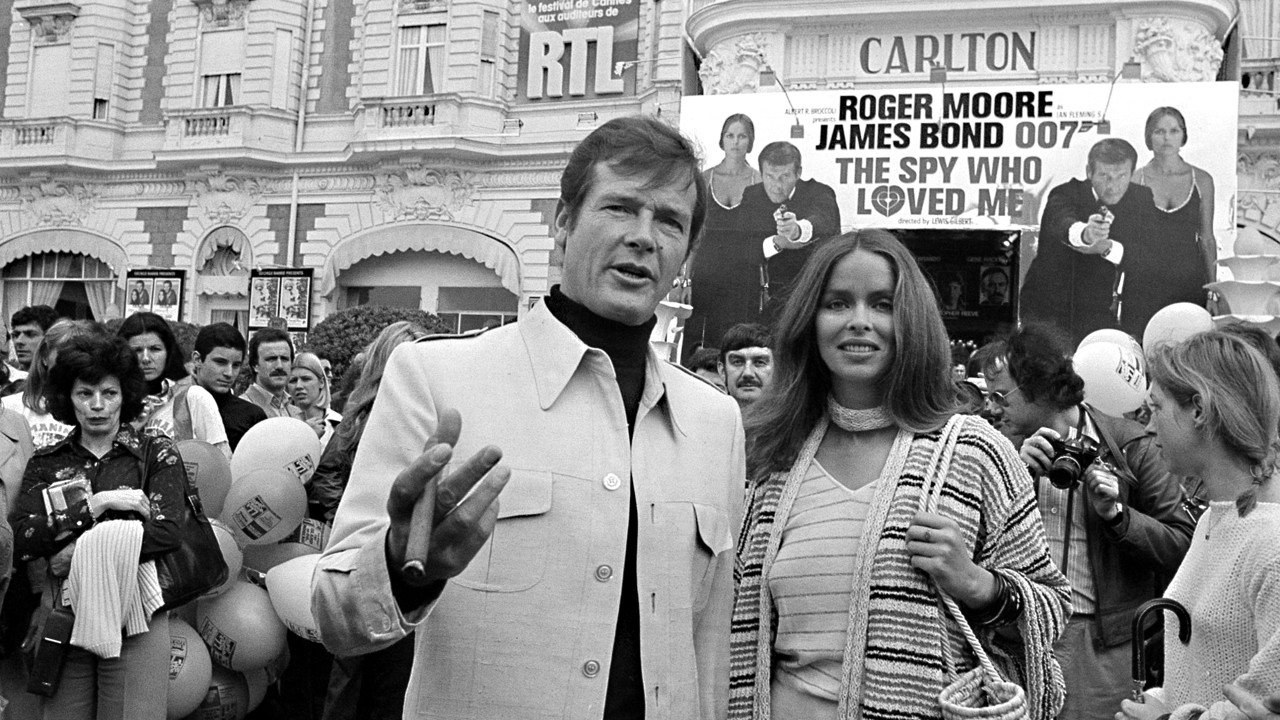
Roger Moore – seen here in 1977 with 'The Spy Who Loved Me' co-star Barbara Bach – moved Bond from cigarettes to cigars. /AP Photo
Roger Moore – seen here in 1977 with 'The Spy Who Loved Me' co-star Barbara Bach – moved Bond from cigarettes to cigars. /AP Photo
Spies and spyware
James Bond's gender politics and rehab stints aside, though, what does the future look like for the spy fiction genre?
From one perspective, it seems doomed. Espionage has always relied on technology and gadgets, from the phone bug through the poison-tipped umbrella to the myriad concoctions with which Q furnished Bond ahead of his latest adventure. But the advent of Big Data and potentially privacy-invading tech in the palm of our hands has surely diminished the role of the windswept spy: why send someone to root out secrets when everyone routinely sends them out over the internet?
Most intelligence information gathering is now high-tech... drones controlled by a pilot in Nevada
- Frederick Forsyth
"It's probably true that of all the intelligence information gathering going on, most of it now is high-tech," agrees Frederick Forsyth. "It's either eavesdropping, or photographing from space, or the drones which are constantly patrolling, unseen but all-seeing, and controlled by a pilot at Creech Air Force Base in Nevada, for God's sake."
But then, success in popular culture isn't always rooted in realism. Cinematic fashions may come and go, but the action hero never dies, on-screen or at the box office. And the enormous success of comic-book franchises suggests that the world still likes its characters a little larger than life, creating space for spies to be more like superheroes than civil servants.

An Israeli drone circles high in the sky over Gaza City. Technology has boosted the scope of espionage, but not necessarily spy fiction. /Dusan Vranic/AP Photo
An Israeli drone circles high in the sky over Gaza City. Technology has boosted the scope of espionage, but not necessarily spy fiction. /Dusan Vranic/AP Photo
The future of the spy
While it may have enjoyed a popular heyday during the Cold War, spy fiction continues to flourish in a much more fractured modern era where there are not two superpowers but an untold number of potential threats to security. The amnesiac CIA assassin Jason Bourne, a Robert Ludlum character whose franchised success in books and films bears comparison with the earlier JB, travels the world facing down bad guys from any number of backgrounds.
Penny Fielding says the genre's popularity is "not dependent on the Cold War – in fact, it's not really dependent on anyone. I'm absolutely certain that it will continue to develop and evolve."
Chiming with Forsyth's view of Cold War concerns being reflected in popular culture, Monica Germana declares that spy fiction "is really about global geopolitics – and so in that respect, it will always be relevant: there will always be some kind of conflict."
"Spy fiction is having a renaissance at the moment," says Fielding, "partly with female spy novelists like Lauren Wilkinson, Aly Monroe, August Thomas and most famously, Stella Rimington, who was head of MI5 and now has a career as a spy novelist."
Fielding also notes a potential change in tone. Just as spy fiction can switch from low-key Le Carré to brash Bondisms, it's also capable of reverting to realism.
"The spy novel is being reinvented," she says, "particularly with the novels of Mick Herron, who has created an alternative world of spies who've been pushed out of the glamorous world of James Bond-type secrecy: it's very real, and it's very grubby."
From outsized action heroes to downbeat naturalism, from bestselling book to box office blockbuster to box-set binge material, the ever-changing genre of spy fiction continues to thrill an ever-changing world.
Video editing: Steve Chappell
Want more on espionage in fiction? See the video below to watch the full episode of The Agenda with Stephen Cole
29:41
